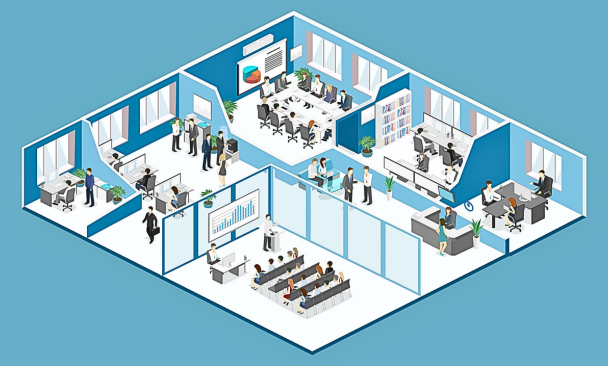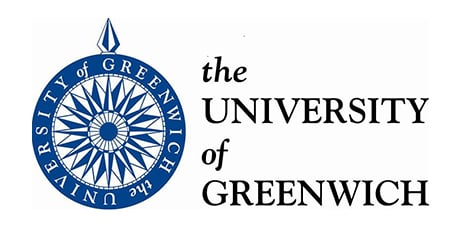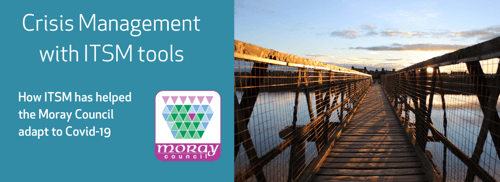It’s called Enterprise Service Management, though you could equally call it ‘adaptability’. Either way, Enterprise Service Management – ESM – vs ITSM is an ever more common practice. ESM is applying the principles and enabling technology of Service Management, more commonly limited to and optimised within IT, to other departments of the organisation of whom ‘service’ is requested and subsequently delivered – HR, Facilities, Finance, Risk & Best Practice, Customer Service being just a few.
Enterprise vs IT Service Management in practice
In practice, the Enterprise application extends the significant recognised benefits of ITSM activities to these other service domains of the organisation. The common service management practices applied include tracking enquiries, measuring response times, standardising responses, automating processes, and adopting continuous improvement principles. The benefits of ESM widely include increased efficiency, fewer errors, better information as a basis for planning and training and of course increased customer satisfaction. Integration of service management software with collaborative tools such as Teams and analytics like PowerBI only add to the wider benefits of ESM vs ITSM. Any perceived drawbacks of basing enterprise services on your IT platform can be overcome if you are using easily configurable and adaptable ITSM software – additional costs should not be a major issue, the benefits and higher ROI becoming more apparent as more uses are added. Increasing the use of technology and automation can be seen as less of the human touch, more machine – the balance can be a work in progress but when achieved, there are benefits for the customer and service provider alike.
Of course, having an adaptable ESM technology platform in place is key to this strategy being executed efficiently and there’s no better way to explore the possibilities than to read the stories of ESM vs ITSM. Here are some of the ways that Sunrise customers have successfully deployed Enterprise Service Management beyond the IT department.
Housing Association, Curo: has seen the extended benefits of ESM across facilities and HR:
“Since Sunrise ITSM went live, Curo has been able to extend the platform to other departments. The facilities management team now use it to log requests from employees, such as replacing office equipment, while the HR team is running onboarding through the platform. All new starters are registered via Sunrise, ensuring that they receive the right devices and technology for their role, making the set up process smooth and straightforward. Building on Sunrise’s asset management capabilities, a future plan is to log all tools on mobile tradespeople’s vans via the platform.”
North Wales Fire & Rescue Service needed to respond quickly to the Covid-19 pandemic, and created a new logistics service on its Sunrise ITSM platform to deal with home working staff, when keeping up with requests on a spreadsheet quickly became overwhelming. Building a logistics service desk in Sunrise was easy, “Within a day, we had built a dedicated service in Sunrise with a dashboard on the self-service portal and visibility through the mobile app”. “Utilising Sunrise has enabled the logistics cell to monitor and task requests with ease and in a timely manner. As the requirement for logistic support grows, so does the bespoke logistics Sunrise to enable reports, filters and scrutiny of workload to be undertaken.” Public Sector of course always has a keen eye on efficiency, and Borough of Poole has similarly deployed the service management platform across three other business areas beyond ITSM.
Public Sector always has a keen eye on efficiency, and Borough of Poole has deployed the service management platform across three other business areas.
Meanwhile, Law firms are no exception to those organisations seeking to widen the ROI of their ITSM software, and at Womble Bond Dickinson, the Risk and Best Practice Group’s helpdesk which advises on a range of regulatory and operational requirements is using the service desk software. The Business Assurance Unit has similar plans for its client and matter management services, conflicts and information barrier requests, followed by the Facilities Department, which will use it for incident reporting and request management. Commenting on the way ahead, Kevin Gray, WBD’s Operational Risk Director said “We’ve made some good early progress and with the knowledge that has been built up, we’re confident that we will achieve our longer-term ambitions to integrate Sunrise as the main Helpdesk platform for all of our support team services throughout our UK business,”
So, is seems that Enterprise Service Management really is a lesson in being adaptable – for ESM vs ITSM, with core processes and functions in common across so many departments, the sky really is the limit.




.png)
